Ancient Psychedelia: Alien Gods & Mushroom Goddesses
Online Book - Chapter 1, Page 20
Back to Online Book Mainpage / Next Page (Chapter 1, Page 21)
| More recently discovered is the site of Gobekli Tepe, in southeastern Turkey, which dates back to 10,000 BC, and had shrines for the worship of bulls and calves. This may have been the beginning of domestication of cattle. At the Gobekli Tepe site, we see some interesting remnants of their culture like the funerary stones (16b, e) and the rock art there which has a mushroom-headed person in something which might be related to a fertility scene (16g). There are mushroom shaped bird goddess relics (16h), which resemble rock art from Three Rivers, N.M. (3b). Modern day Turkey hosts at least one gravestone from 1236 AD, which sports a mushroom top, while below is depicted a bowl of grapes (27i). The Mesopotamians had developed themselves to a high degree with an exceptional understanding of mathematics including the value of pi as well as being advanced in medicine and astronomy. Sumerians were using cloning in agriculture to produce dates during off seasons and the practice of intentional pollination became widespread at this time. (70) The word “ama” means “storehouse” as well as the women’s quarters. Grains and goods were stored there, and women were the managers of the storage area, which was either in the woman’s home or in the temple. (71) Mehrgarh was a pre-Indus Valley civilization, c. 7000 BC - 2000 BC. Between 2500 and 2000 BC, the civilization of Mehrgarh slowly moved on towards the Indus Valley. The earliest settlement at Mehrgarh, in the northeast corner of the 495-acre site, was a small farming village which was inhabited from circa 6500 BC. (72) Mehrgarh is now seen as a precursor to the Indus Valley Harappan civilization. (73) 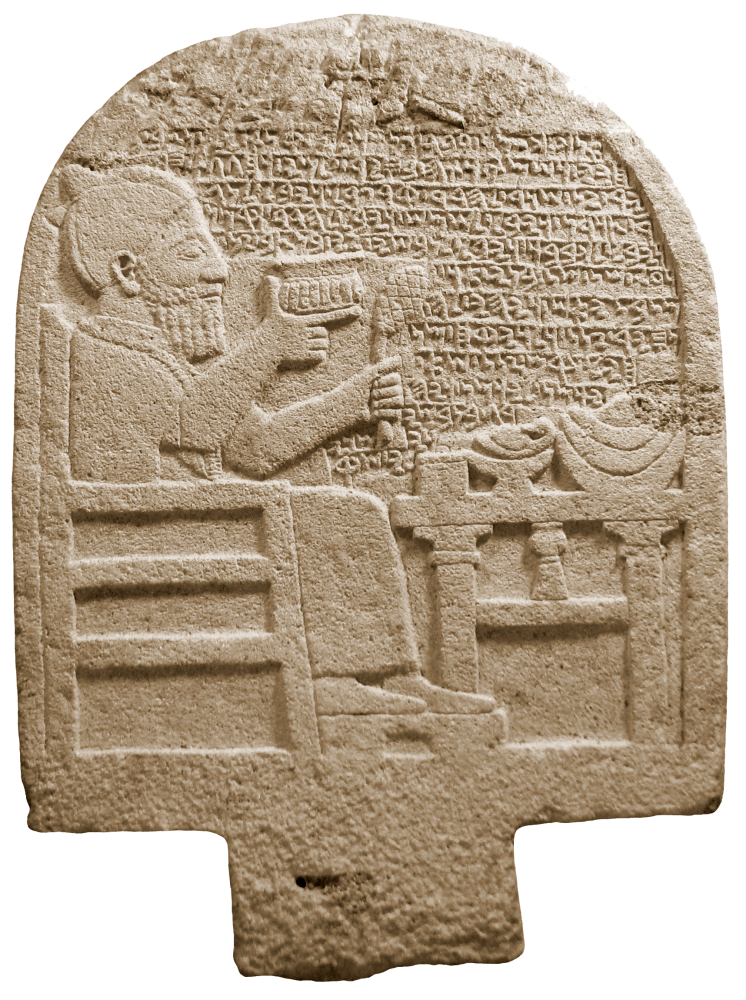 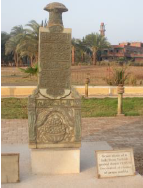 R: (27i) Gravestone in Turkey from 1236 AD 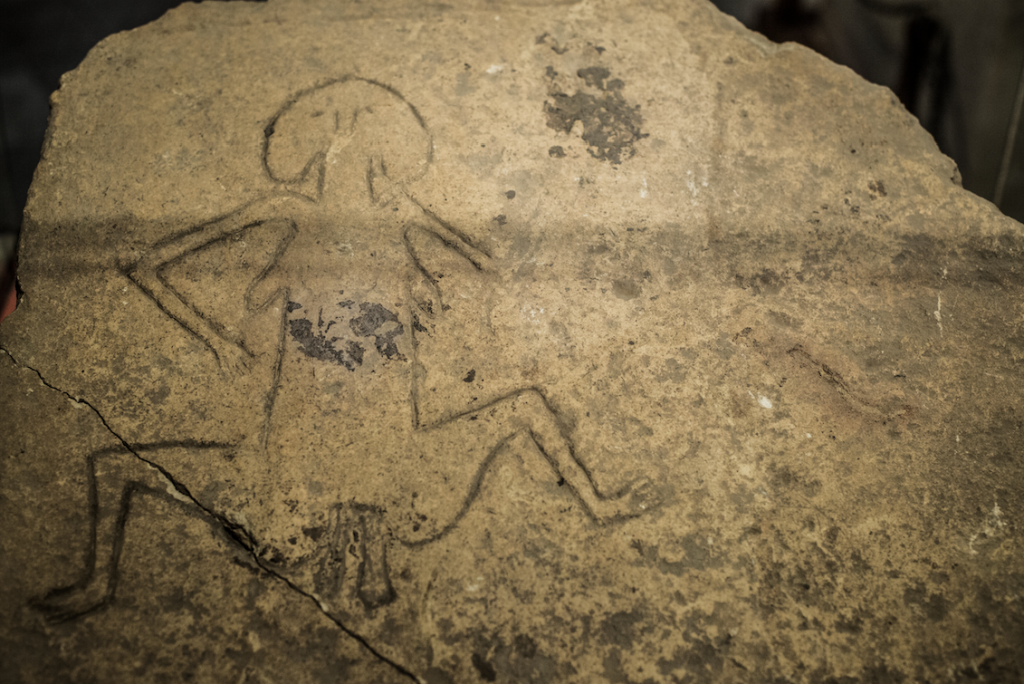 (16g) Gobekli Tepe, Anatolia c. 10,000 BC |
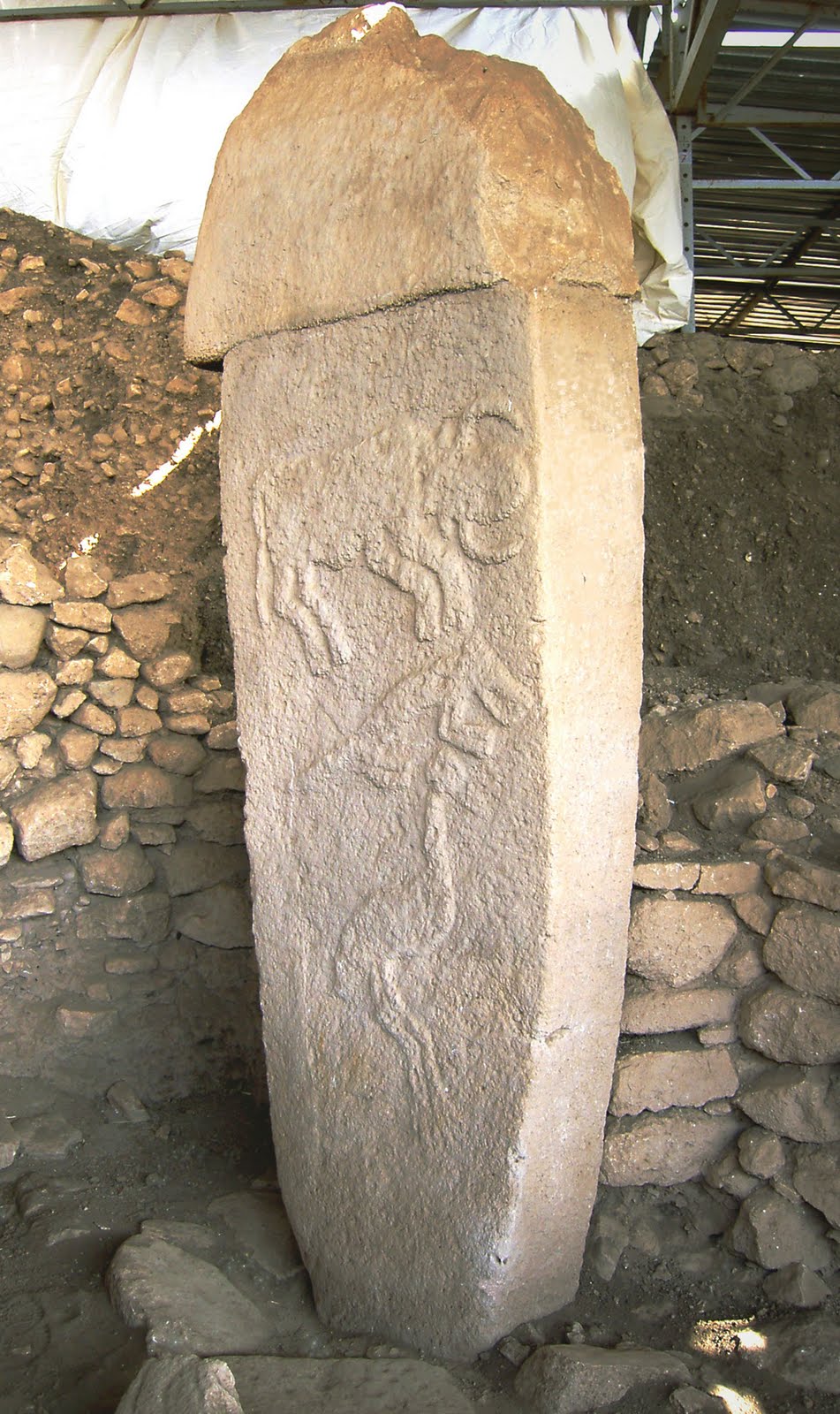 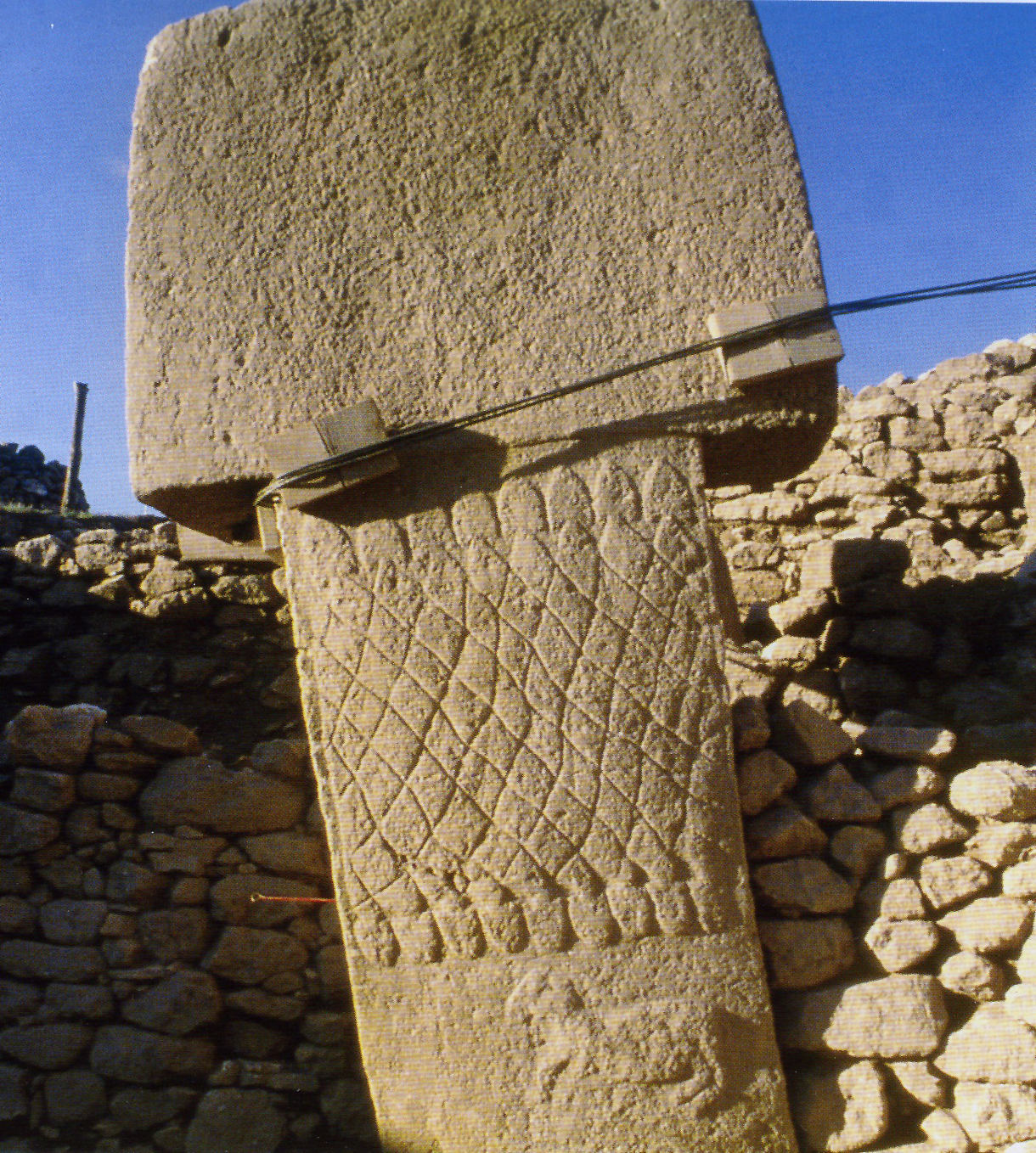 (16e) Gobekli Tepe, Anatolia c. 10,000 BC 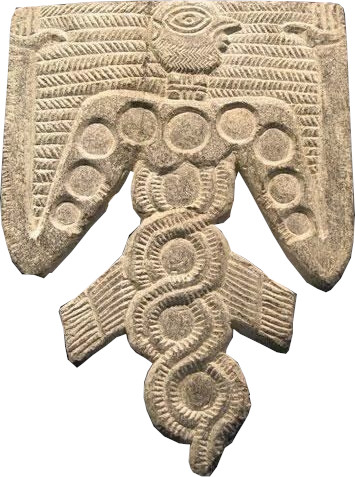 (16h) Gobekli Tepe, Anatolia c. 10,000 BC On Harappan seals we can see a depiction of a bull which, for some odd reason scholars have dubbed a “unicorn,” even though unicorns do not exist. There is also an object referred to as a “cult object” by the scholars and historians. It sits underneath the bull’s head and can be depicted in various ways (12a). A leading professor on the subject of the Harappan seals, Iravatham Mahadevan, believes this “cult object” is a filter of some kind which was likely used in the soma ceremony. Mahadevan writes: “My first paper on this was read in Tokyo in 1983. Ten years later, when I went to Helsinki to read another paper on this, fortunately the Harappan excavation team under Kenoyer's leadership had found an ivory piece, for the first time a physical representation of this device had been found. I saw good color photographs of the ivory object and that the holes were drilled deeply into hemispherical vessel shows very clearly that it was meant to be a filter, a colander type. Now the question to ask is this: Since we know that the unicorn seals were the most popular ones, and every unicorn has this cult object before it, whatever it represents must be part of the central religious ritual of the Harappan religion. We know of one religion whose central religious cult was a filter; that is the soma of the Indo-Aryans.” (70) Mythology and Symbols, p.32; (J. Boulnois, "Le Caducee et al symbolique Indo-Mediterraneenne" Paris 1935, p. 41). (71) In the Wake of the Goddess, p.34 (72) Sharif, M; Thapar, B. K. (1999). "Food-producing Communities in Pakistan and Northern India". In Vadim Mikhaĭlovich Masson. History of civilizations of Central Asia. Motilal Banarsidass Publ. pp. 128–137 (73) Secret Drugs of Buddhism: Psychedelic Sacraments and the Origins of the Vajrayana, Mike Crowley, Amrita Press, 2016, p. 25-6 |
Go Back to Page 19